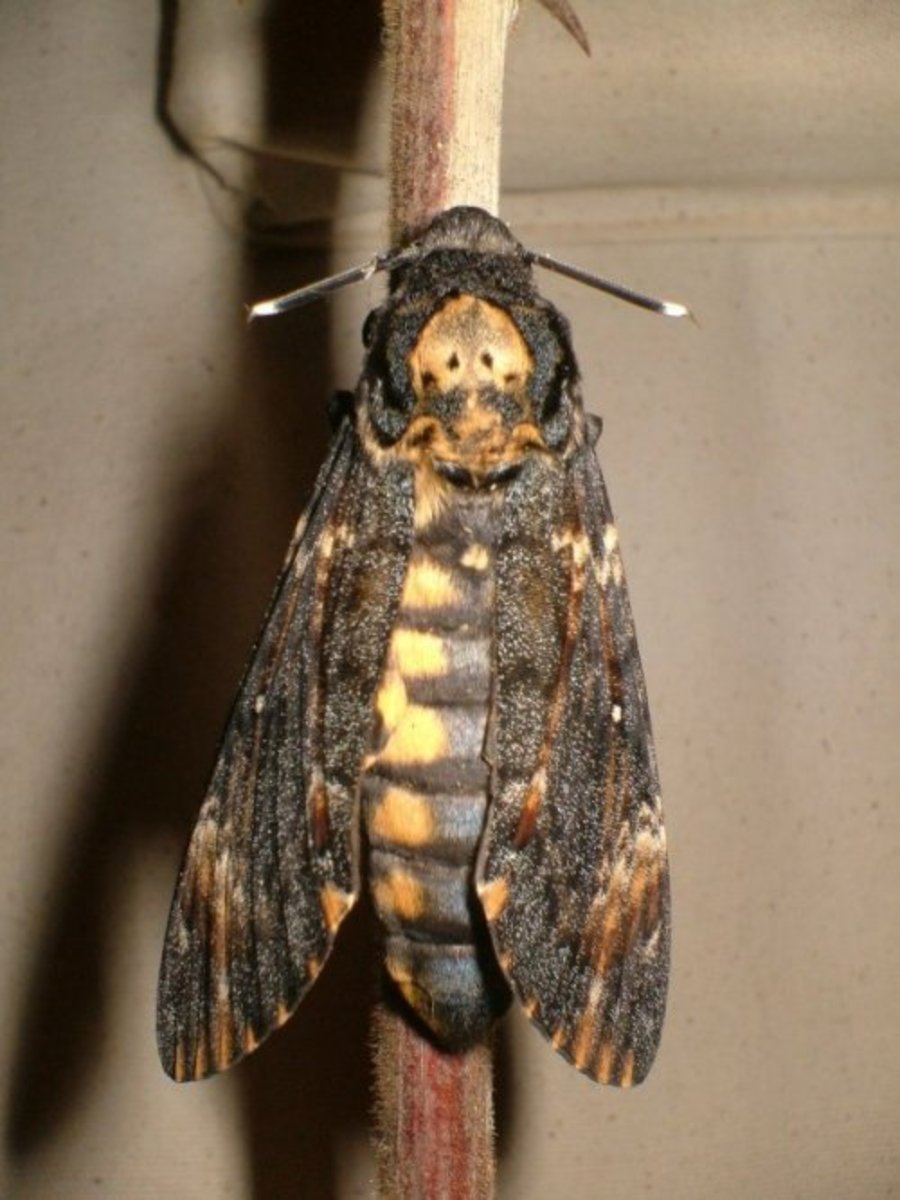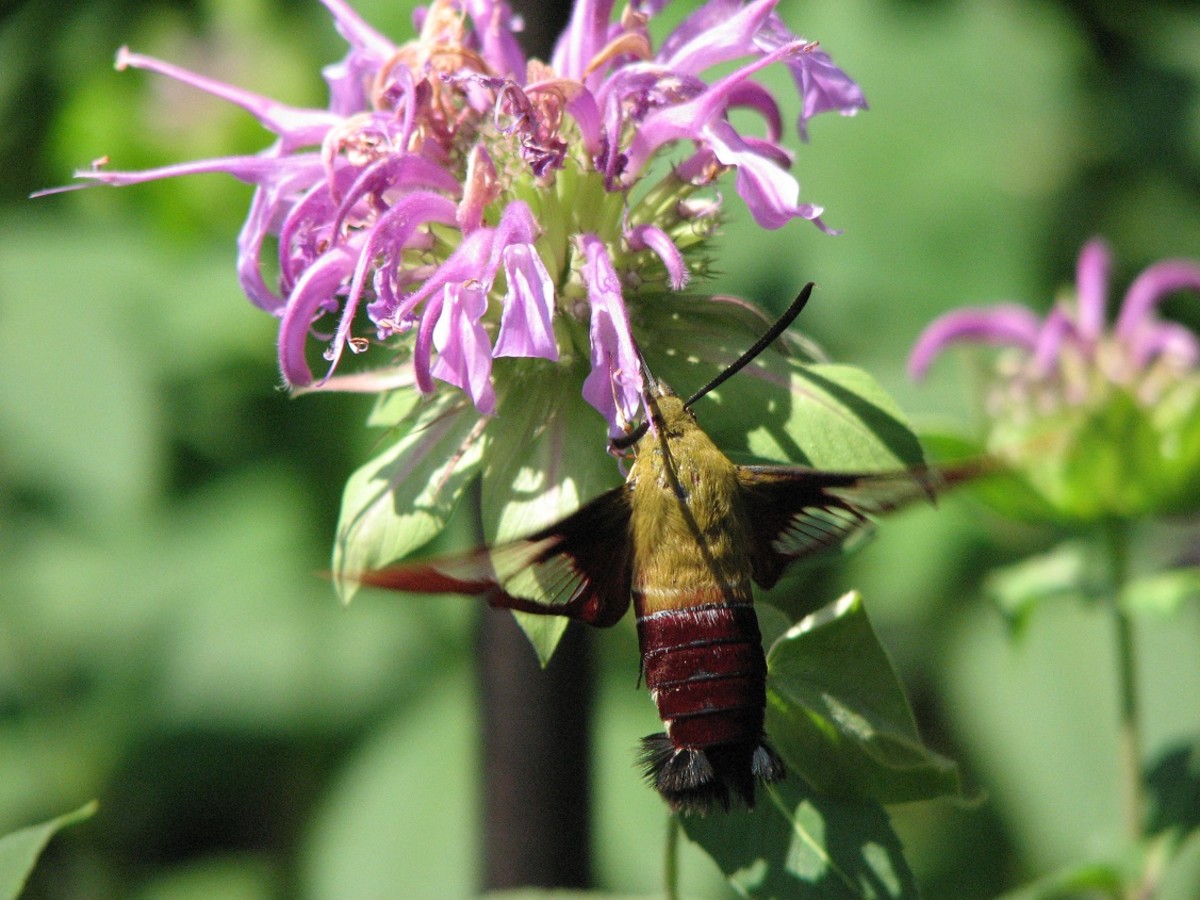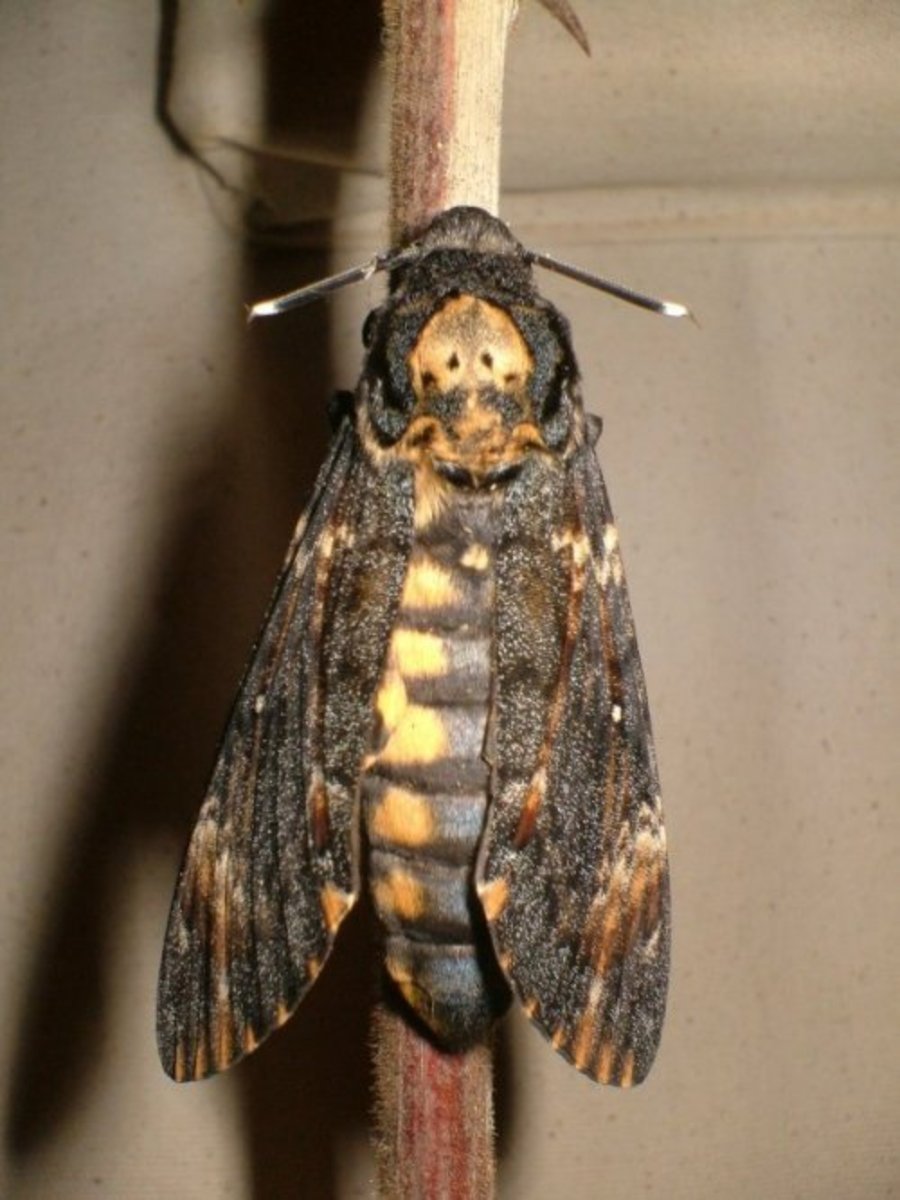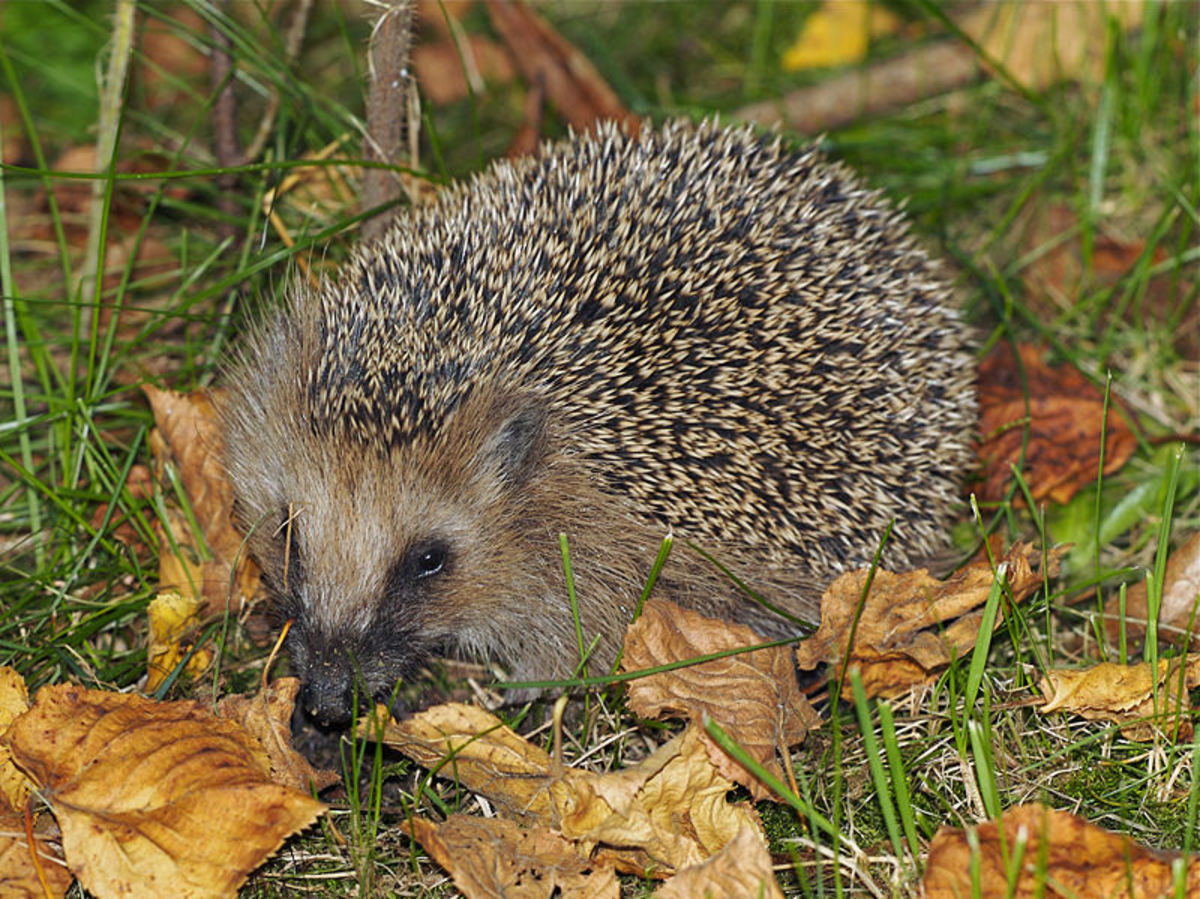Easy Ways on How To Protect Clothes From Moths
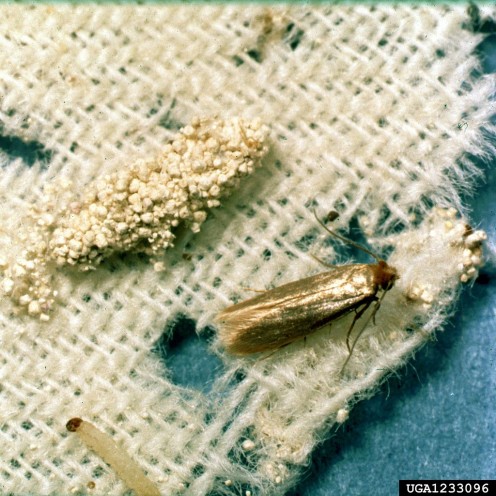
Damage to clothing resulting from clothes moths infestation is a compelling reason why closet owners should provide ample protection to their clothes, and the best way to do this is by adopting a proactive mindset. Unfortunately, proactive measures against cloth problems usually fall on some people's deaf ears until in happens to them. That said, below is a quick guide on how to protect your clothes from moths.
To get started, we will tackle some salient facts on what attracts moths to clothes, why they prefer to spawn in closets, and how they are able to get inside the closet in the first place.
What Attracts Them
- Keratin - Clothes moths are attracted to keratin, a protein compound found in animal hair, silk, fur, wool and feathers. This is the reason why clothing items containing keratin are the ones heavily damaged by these moths. Furthermore, they are also attracted to urine, sweat, and body oil stains found in unwashed clothes.
- Dark Environment - Unlike other types of moths that are attracted to any light source, clothes moths avoid light and heavily prefer a dark environment such as inside the closet.
How They Find Their Way In
- Through ajar doors or open windows – Just like any other insects, clothing moths always roam around to look for food, to seek shelter, and to seek for spawning grounds to propagate their species. Amazingly, their senses are extremely sharp enough to detect the scent of organic materials and compounds found in clothing hundreds of feet away.
- Through infested used clothing and other items bought from thrift stores, garage sales or any other sources of used items – Buying used items can be a big money saver. However, you should also take heed of the possibility that these items may be carriers of, not only clothing moths, but other home-invading pests as well.
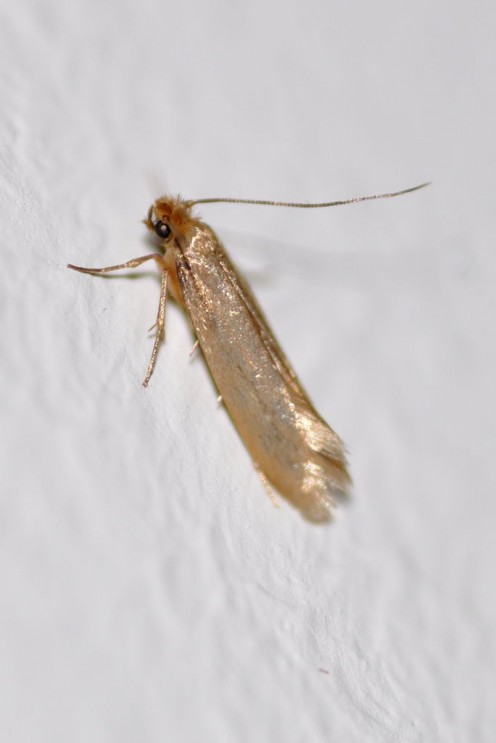
How To Protect Clothes from Moths
Now that we already know how our clothes can be a vulnerable target for moths, here's how we could avoid them:
- Always Practice Good Sanitation – Don't put any unwashed clothing inside your closet. Never ever put any used clothing bought from thrift stores and garage sales into storage. Always have those dry-cleaned prior to storing inside the closet or any other storage area in your house. Dry-cleaning solvents will kill any traces of moth eggs, larvae, pupa, and adult moth. Moreover, do not put any unwashed clothing item into storage. Always keep in mind that patches of urine, perspiration, body oils, and food stains found in clothing will also attract clothes moths.
- Installation of Window Screens – Window screens provide a solid entry barrier not only from closet moths but other home-invading insects as well. This makes your house a very hard target for the moths and other insects.
- Installation of Door Closers – Putting these door closers at all house entrance doors will decrease the chances of leaving the doors ajar long enough for the moths to get inside. Keep in mind that sometimes, we or other persons in the household can be clumsy at some point and unconsciously leave the doors ajar.
- Use of garment bags or airtight storage containers– Moth-attractive clothing are best kept inside garment bags or any other types of airtight containers to make it impossible for the moths to have access to those clothing. Carton boxes can also be used for clothing storage, provided that these boxes are still intact without holes and punctures, and then sealed airtight with a tape.
How About Using Natural Moth Repellents?
- Using Cedar – It has been common knowledge, at least for homeowners and entomologists, that the sweet-scented oil found in cedar is a natural clothes moth repellent. However, there have been no scientific evidence that can prove that using cedar blocks or lining the closet with cedar will keep the moth larvae from eating patches of your woolens and clothes containing keratin. This is because of the fact that for cedar oils to achieve high potency concentrations, these oils must be contained in an airtight space, and it's nearly impossible to make the closet as such.
- Lavender Scents – Lavender scents are also believed to repel these moths. However, just like in the case of cedars, the effectiveness of these scents are questionable when placed inside the closets.
How About Moth Traps?
Moth traps are usually laden with pheromone, a substance that attracts the male clothes moth thinking that a female moth is close by. However, the female moth will not be attracted to the traps and will just slip by. While this may be effective in snaring as many male moths as the traps can hold, which prevents them from mating with a female moth, there is a likelihood that a pregnant female moth is already around and is about to lay her eggs or has already laid its eggs on the clothes. More often than not, the best use of moth traps is to use them as early detection tools.
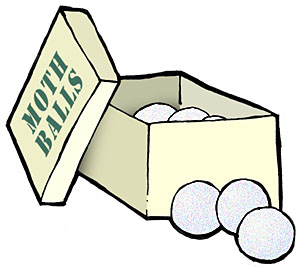
How About Using Moth Balls?
Moth balls are naphthalene-based or paradichlorobenzene-based products that produce strong and pungent fumes through sublimation. Supposedly, these fumes will repel and even kill any moth or its larvae. However, studies show that for moth balls to be effective, they have to be contained in an airtight space in order to build up high fume concentrations potent enough to kill the moths and their larvae. Because closets cannot be made airtight, the use of moth balls are not that effective.
Furthermore, moth ball fumes, especially in large concentrations, are highly hazardous to humans. Moreover, moth balls themselves are highly toxic and can cause life-threatening illnesses when ingested. While adults like us may not be that stupid enough to swallow a moth ball, our curious kids, babies, toddlers, and even pets may do so accidentally.


